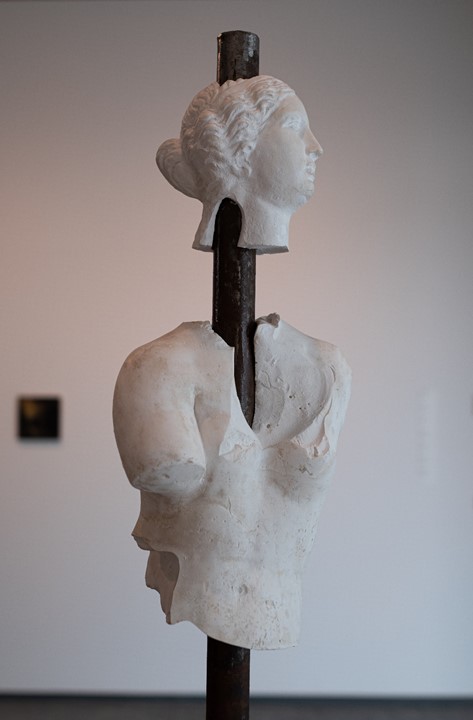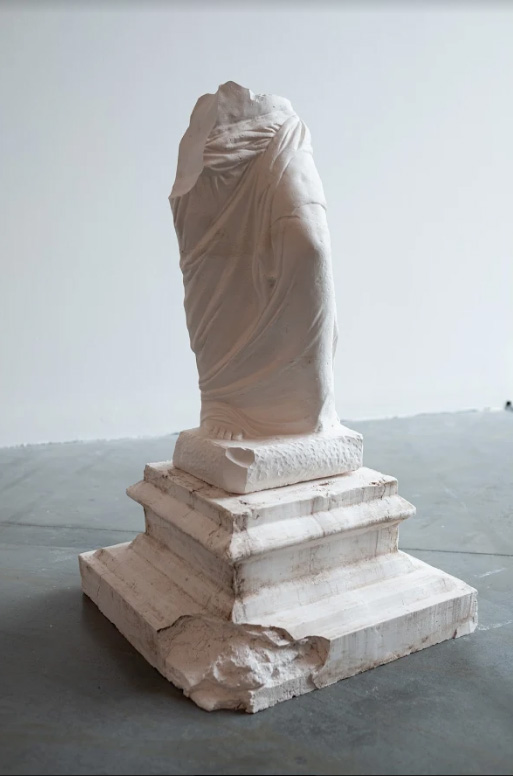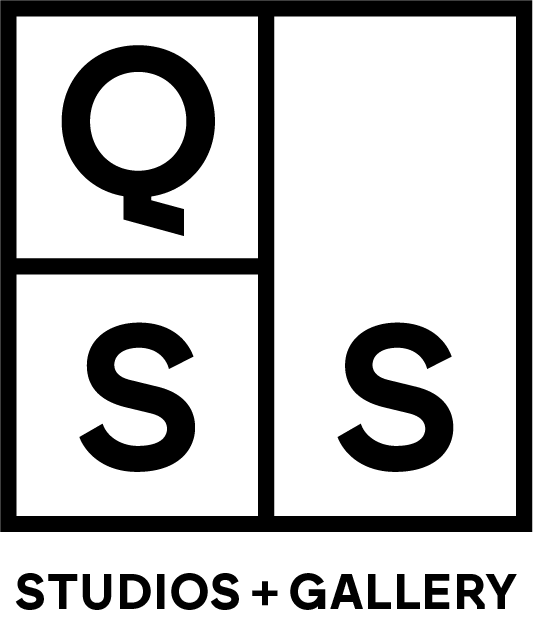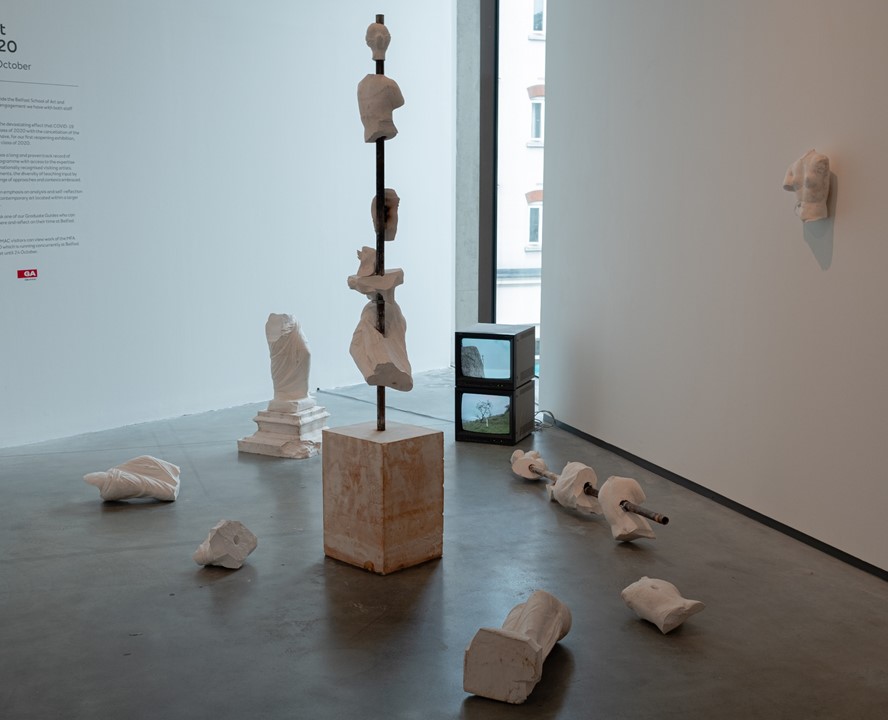01. Was there a definitive point in your life that you decided to become a professional artist?
As an artist with a background in dance and performance, I started training as a ballet dancer from a very young age. It felt almost impossible to me, back when I was a young person, that I would ever do anything that wouldn’t allow me to be creative, playful and imaginative. There wasn’t a definitive point of decision to become an artist as such: since I could remember myself dance and movement have been a major influence in every aspect of my life, so I went on to study dance and pursue a carrier as a dance artist without any second thoughts. In my journey as a dance artist, I collaborated with artists from lots of different disciplines in multiple, versatile projects and that was when I realised that I wanted to push my boundaries as an artist, explore different creative paths and give myself the opportunity to develop my practice further. The world of visual arts was very appealing to me in its vastness and indefinite possibilities. I was eager to learn and find new ways to express myself and my artistic concerns. That is when I went on to study fine art, first in London at City-Lit, UAL and then at Belfast School of Art. I have always considered myself being a professional artist, no matter which area I am practicing in.
02. Is there a difference, say, in being called an ‘artist’ or a ‘painter’/’sculptor’, ‘printmakers’? Do these distinctions matter?
As an artist that works in multiple disciplines, I feel that these distinctions don’t matter. I have worked and experimented with different media and disciplines and I am hoping to explore and experiment more in the future. For me, what matters is the idea, the concept, the question that I am asking, and it is central to my work at any particular moment. This is what drives the work and I see my role as an artist as someone who strives to find a way to serve the concept, express the concerns and allow the dialogue with the audience to happen. I allow my ideas to lead me until I find the way they are best interpreted and that allows me to be open to new possibilities. This has often led me to learn new techniques and acquire new skills in disciplines that I hadn’t thought I would work on. I do recognise that I mostly work within the disciplines of video, audio, sculpture and installation, because I enjoy engaging with this type of work, but I wouldn’t want to be limited to these terms.
03. Can you name some of the contemporary artists you are interested in?
I find it hard to limit myself to a few names, but I will try my best!
Tacita Dean, for her film work. I was blown away by her film Antigone a couple of years ago at the Royal Academy.
Phyllida Barlow, for her amazing sense of space and colour, the use of materials, the bold statements in her work through the beautifully constructed, precarious structures.
Theaster Gates, I couldn’t be more envious of his social practice, the way he has devised his work in order to offer back to the society and the people. I absolutely love his craftmanship, the use of materials, especially the use of tar in his work.
Mike Nelson, for his absolutely evocative, site-specific installation work. I was mesmerized by his installation The Asset Strippers at Tate Britain a couple of years ago.
Anne Imhof, because her work makes my body quiver.
Thomas Hirschhorn, for the social, political, philosophical ideas discussed in his work and the use of make shift materials for his installations.
Chantal Akerman, because Jeanne Dielman, 23 Commerce Quay, 1080 Brussels , is a masterpiece.
Arthur Jafa, because his cinematography is inspiring, and his work Love Is the Message, the Message Is Death is one of the most beautiful, moving, inspiring, educational seven and a half minutes of life.
Francis Alys, because his videos are poetic, funny, absurd, melancholic, hilarious, sad all at the same time.
Vasiliki’s work is currently on show in the BA & MFA Fine Art Graduate Show at The MAC, Belfast (continues until 11th October 2020). You can also view her studio profile page HERE. Artwork photography by Trevor Wilson.


The full list of questions to choose from is given below:
1. What is your typical studio routine?
2. Was there a definitive point in your life that you decided to become a professional artist?
3. Many of us at QSS have previously studied at Ulster University at different stages of our education (BA, MFA, PhD). How did this experience influence your later attitude as a professional working artist?
4. Socially, historically and perhaps geographically, Belfast has many ‘unique’ attributes that define it as a city. Can you describe one positive and one negative aspect of working in this ‘unique’ place.
5. There are many arts journals, which would you consult regularly?
6. What role does social media play in the documentation/promotion of your own work?
7. Is there a difference, say, in being called an ‘artist’ or a ‘painter’/’sculptor’, ‘printmakers’? Do these distinctions matter?
8. How do you find an audience beyond the studio?
9. Have you completed any artist residencies or are there any you aspire to?

